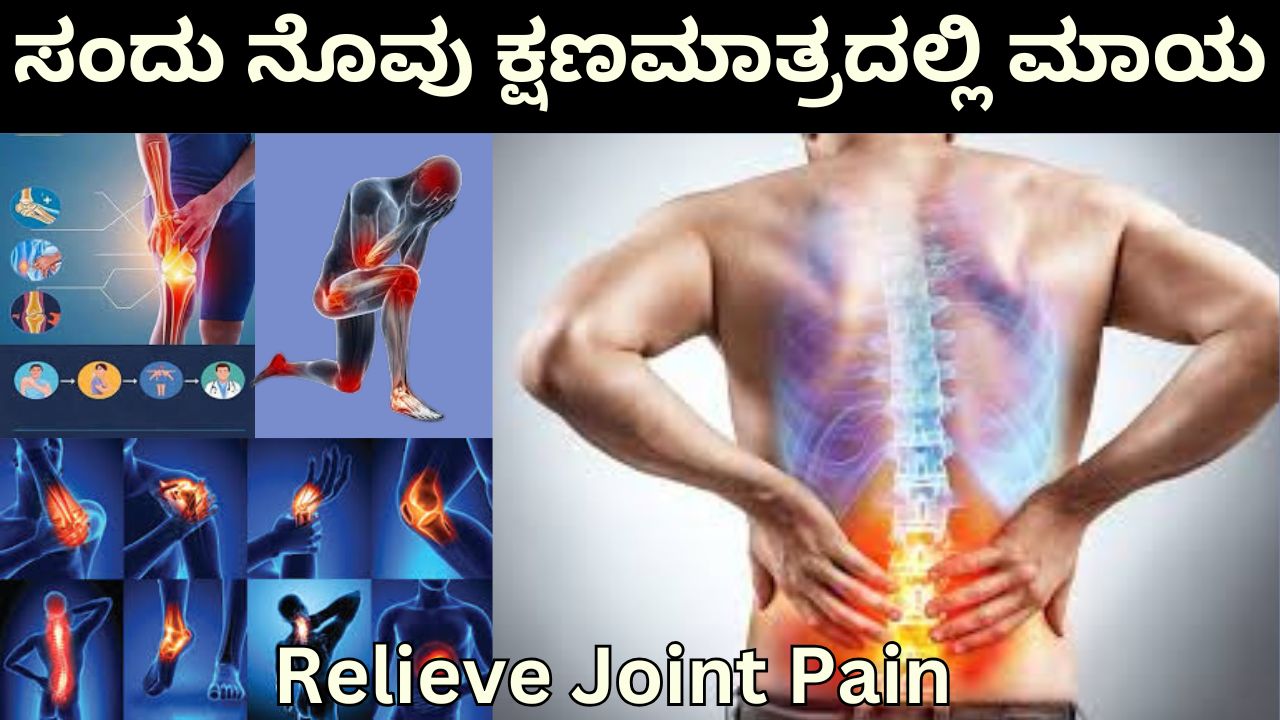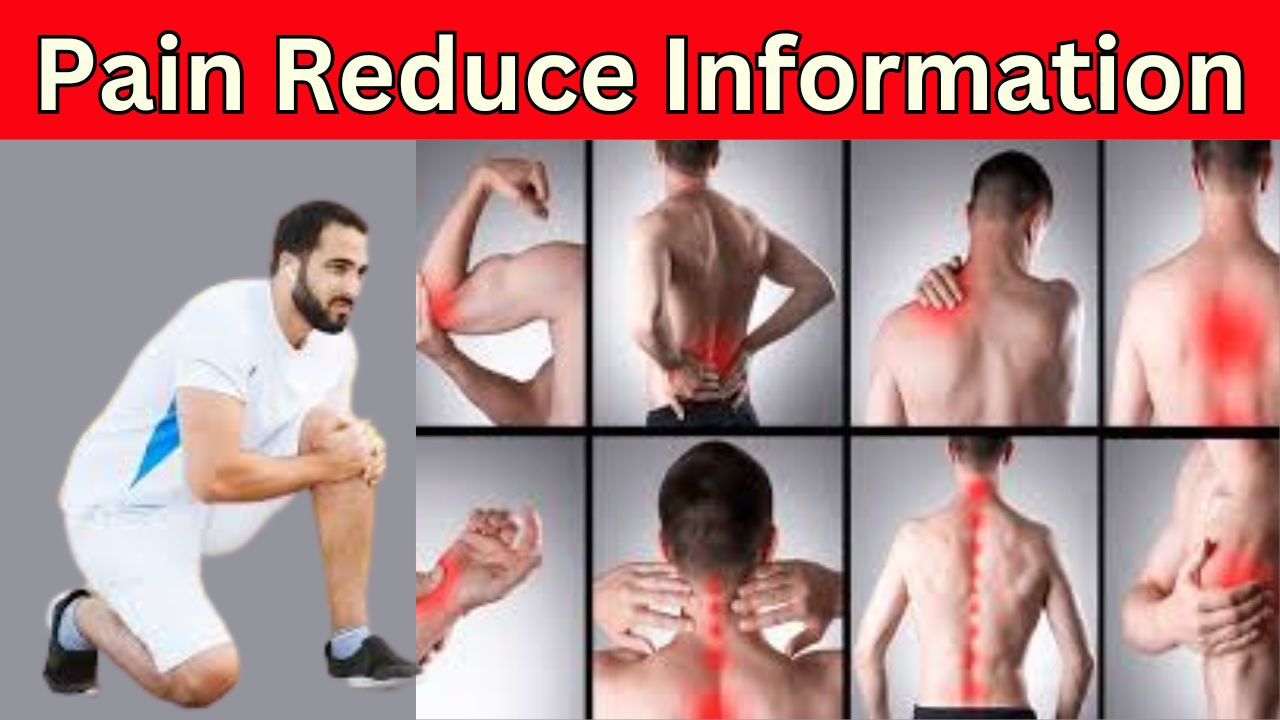Joint pain, a common condition affecting millions of people worldwide, can significantly impact quality of life. Joints are the connections between bones, enabling movement and providing structural support. When they become painful, stiff, or inflamed, everyday activities can become challenging. Understanding joint pain’s causes, symptoms, treatments, and preventive measures is essential for managing it effectively.

Contents [hide]
What is Joint Pain?
Joint pain, medically termed arthralgia, refers to discomfort, aches, or soreness in one or more joints. It can be mild and temporary or severe and chronic, potentially affecting mobility and overall well-being. While joint pain is often associated with aging, it can affect individuals of all ages due to various reasons, including injury, overuse, or underlying health conditions.
Causes of Joint Pain
Joint pain can stem from several factors, broadly categorized into the following:
- Injuries:
- Sprains and strains.
- Dislocations or fractures.
- Damage to ligaments, cartilage, or tendons surrounding the joint.
- Arthritis:
- Osteoarthritis (OA): A degenerative condition caused by cartilage wear and tear, commonly affecting the knees, hips, and hands.
- Rheumatoid Arthritis (RA): An autoimmune disease leading to joint inflammation, swelling, and eventual damage.
- Gout: Caused by the accumulation of uric acid crystals in the joint, often affecting the big toe.
- Psoriatic Arthritis: Associated with psoriasis, it leads to joint inflammation and pain.
- Infections:
- Viral infections like influenza or hepatitis can cause temporary joint pain.
- Septic arthritis: A serious condition where a joint becomes infected, leading to pain and swelling.
- Other Conditions:
- Bursitis: Inflammation of the bursa, small fluid-filled sacs cushioning joints.
- Tendinitis: Inflammation of tendons around the joint.
- Fibromyalgia: A chronic condition causing widespread pain, including joint discomfort.
- Lupus: An autoimmune disorder affecting various parts of the body, including joints.
Symptoms of Joint Pain
The symptoms of joint pain depend on its cause but may include:
- Pain: Constant or intermittent pain, ranging from mild to severe.
- Swelling: Often seen in inflammatory conditions like arthritis.
- Stiffness: Difficulty in moving the joint, especially in the morning.
- Warmth and Redness: Indicative of inflammation or infection.
- Weakness: Muscles around the joint may weaken due to disuse.
- Reduced Range of Motion: Difficulty in performing normal movements.
Diagnosis of Joint Pain
Proper diagnosis is essential for effective treatment. A healthcare professional may use the following methods:
- Medical History and Physical Examination:
- Detailed information about symptoms, duration, and any injuries or illnesses.
- Examination of the affected joint for swelling, redness, or deformity.
- Imaging Tests:
- X-rays: Reveal bone damage or degeneration.
- MRI or CT Scans: Provide detailed images of soft tissues like cartilage and ligaments.
- Ultrasound: Helps detect inflammation in soft tissues.
- Laboratory Tests:
- Blood tests for inflammatory markers, rheumatoid factor (RF), or uric acid levels.
- Joint fluid analysis to detect infection or crystals causing gout.
Treatment Options for Joint Pain
Treatment varies based on the underlying cause and severity of pain. Common approaches include:
- Medications:
- Pain Relievers: Over-the-counter (OTC) drugs like acetaminophen (Tylenol) and ibuprofen (Advil) reduce pain and inflammation.
- Corticosteroids: Reduce inflammation in severe cases. These may be administered orally or through injections.
- Disease-Modifying Antirheumatic Drugs (DMARDs): Used for autoimmune conditions like RA.
- Topical Creams: Containing capsaicin or menthol for localized pain relief.
- Physical Therapy:
- Strengthens muscles around the joint, improving stability and reducing strain.
- Techniques like ultrasound therapy or electrical stimulation may be employed.
- Lifestyle Modifications:
- Weight Management: Reducing body weight alleviates pressure on weight-bearing joints.
- Exercise: Low-impact activities like swimming, walking, or yoga improve flexibility and reduce stiffness.
- Posture Correction: Ensuring proper body mechanics during daily activities reduces joint stress.
- Home Remedies:
- Heat and Cold Therapy: Apply heat to relax muscles and improve circulation, or use ice packs to reduce swelling.
- Epsom Salt Baths: Relieves joint discomfort through magnesium absorption.
- Rest and Elevation: Particularly for injuries, resting and elevating the joint reduces swelling.
- Surgical Interventions:
- Arthroscopy: Minimally invasive surgery to repair joint damage.
- Joint Replacement: Replacing damaged joints with artificial ones, commonly done for knees and hips.
- Fusion Surgery: Permanently joining two bones to stabilize the joint.
Alternative Therapies
Many people explore complementary approaches for joint pain relief, including:
- Acupuncture: Stimulates specific points on the body to relieve pain.
- Chiropractic Care: Focuses on spinal adjustments to alleviate stress on joints.
- Herbal Remedies: Boswellia, turmeric, and ginger are known for their anti-inflammatory properties.
- Mind-Body Practices: Meditation, tai chi, and deep breathing exercises can help reduce pain perception and improve coping mechanisms.
Preventing Joint Pain
While not all joint pain can be prevented, adopting healthy habits can reduce the risk:
- Maintain a Healthy Weight: Prevents excess stress on joints.
- Exercise Regularly: Strengthens muscles and maintains flexibility.
- Eat a Balanced Diet: Rich in omega-3 fatty acids, antioxidants, and essential nutrients for joint health.
- Use Proper Footwear: Shoes with good support reduce joint strain.
- Avoid Overuse: Alternate between activities to prevent repetitive stress injuries.
When to See a Doctor
Seek medical attention if you experience:
- Persistent or worsening pain.
- Swelling, redness, or warmth around the joint.
- Inability to move or bear weight on the joint.
- Fever or other signs of infection.
Living with Joint Pain
Chronic joint pain can affect emotional well-being. Adopting a positive outlook and seeking support can make a difference:
- Join Support Groups: Sharing experiences with others helps build resilience.
- Practice Stress Management: Techniques like yoga and meditation reduce pain sensitivity.
- Stay Informed: Educating yourself about your condition empowers you to make informed decisions.
address
Joint pain, though challenging, can often be managed effectively with a combination of lifestyle changes, therapeutic practices, and medical interventions. By adopting healthy habits, staying physically active, and seeking timely medical care, individuals can reduce pain, improve joint function, and maintain a better quality of life. Whether through exercise, diet, or alternative therapies, the journey to joint pain relief starts with a proactive and informed approach.











